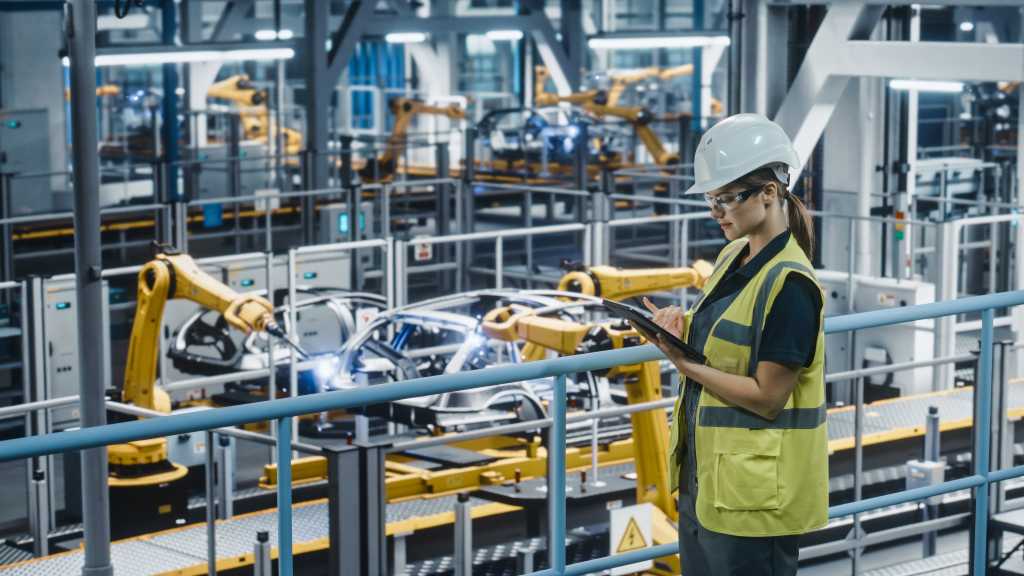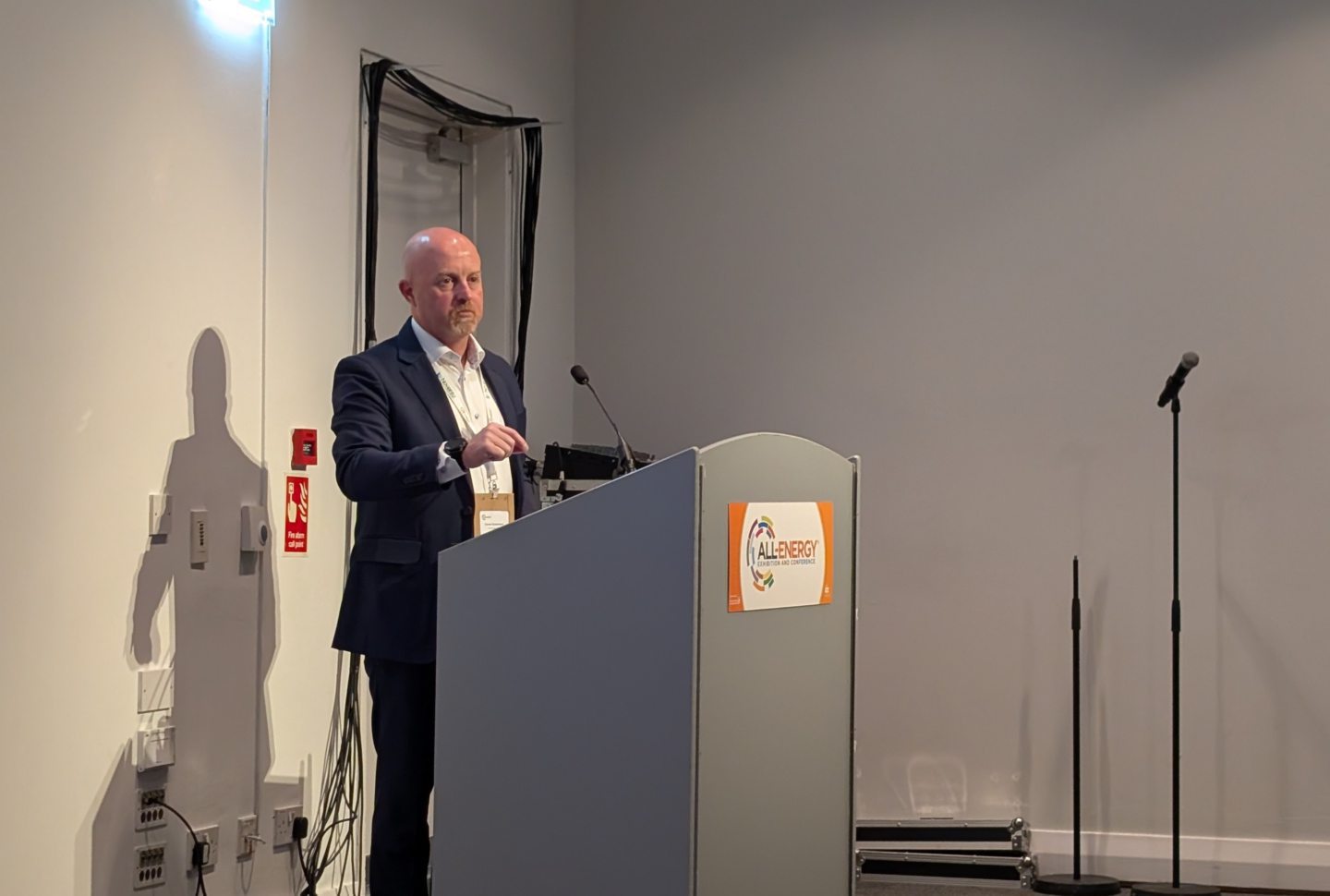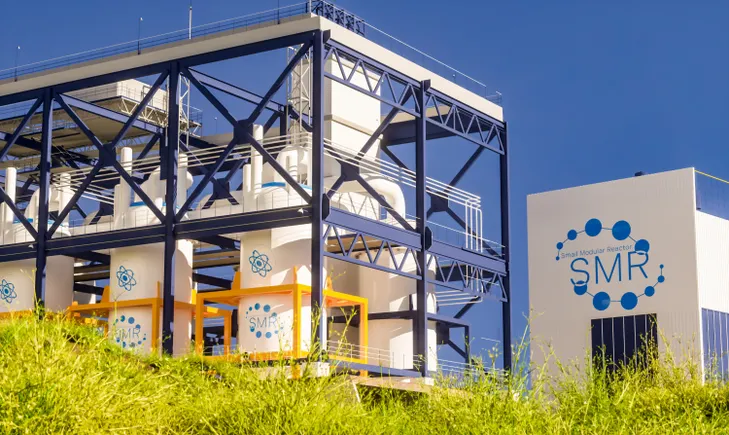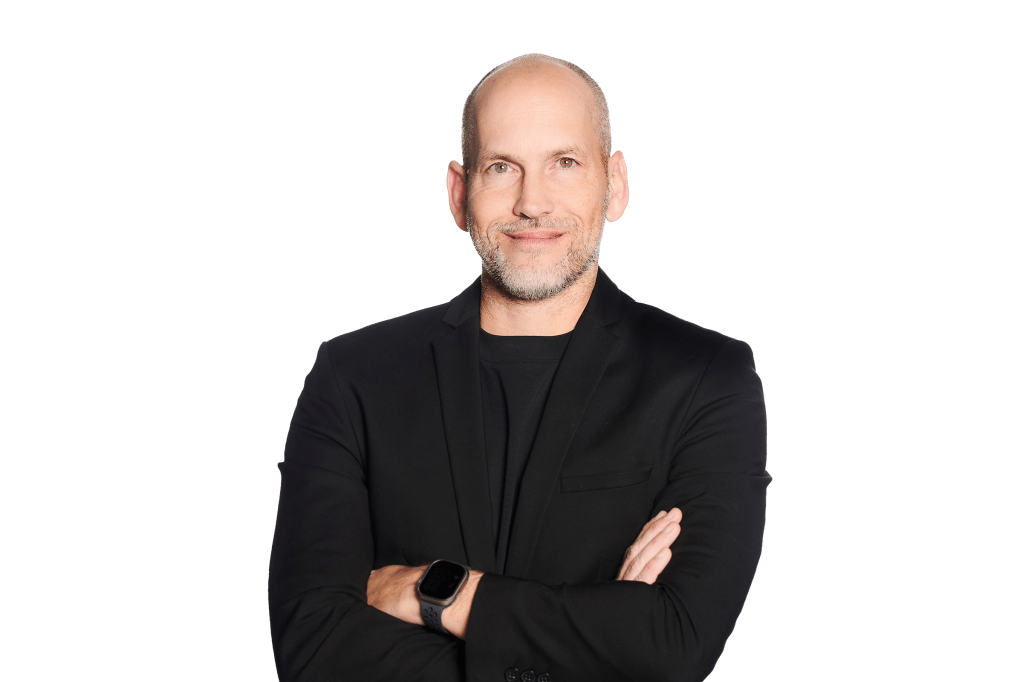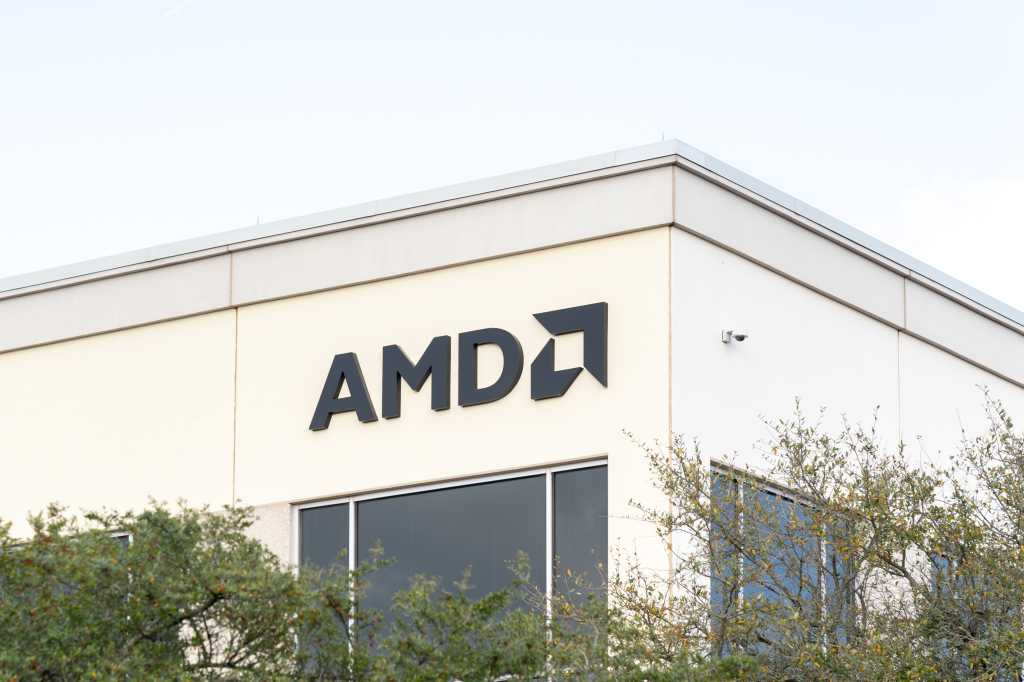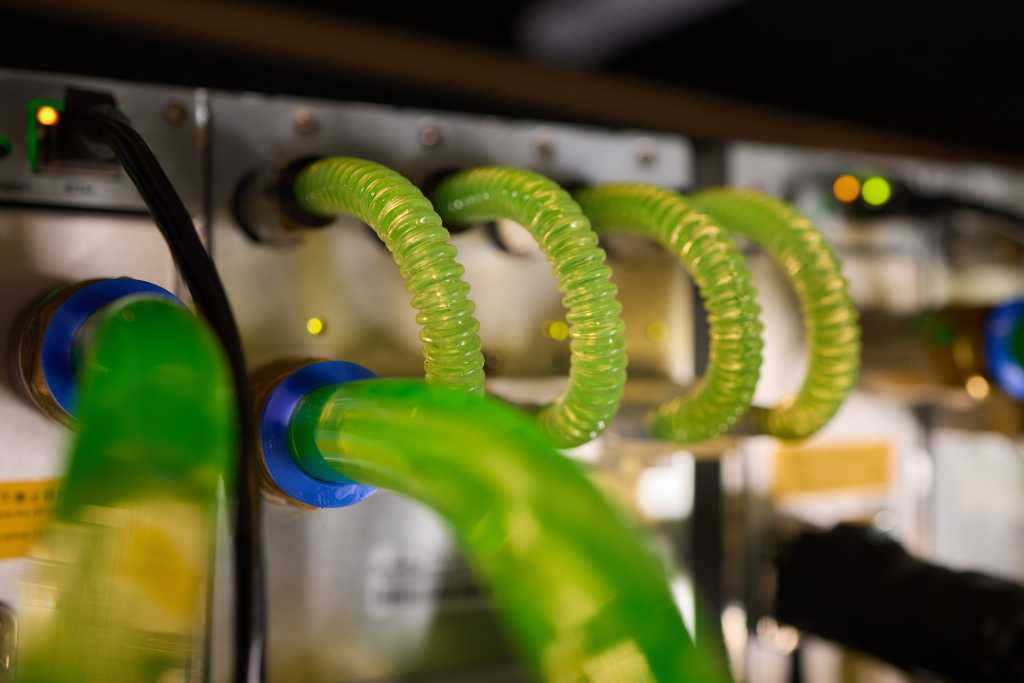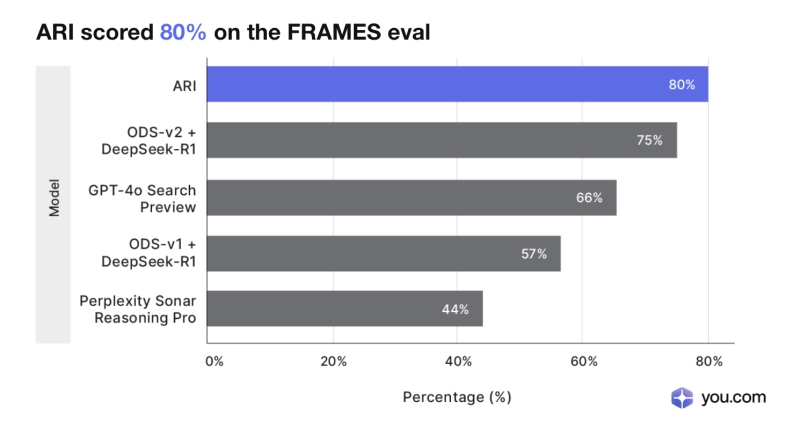
Oil prices have risen strongly over the past week, analysts at Standard Chartered Bank, including the company’s commodities research head Paul Horsnell, said in a report sent to Rigzone by Horsnell late Tuesday.
“At [the] time of writing they had gained more than $8 per barrel from their 5 May low of $58.50 per barrel, breaking above a series of key Fibonacci retracement levels and the 20-day moving average in the process,” the analysts said in the report.
“The 14-day Relative Strength Index stood at a near-neutral 51.0 at settlement on 12 May, adding to a market sense of short-term normalization and unwinding from the extremes of recent weeks,” they added.
“However, we think the rally from the 5 May low primarily reflects market positioning and macro news flow, rather being an adjustment to a new stable price range,” they warned.
In the report, the Standard Chartered analysts said money-managers have not traded crude oil with maximum bearishness recently.
“The lowest our crude oil money-manager positioning index reached in April was -67.9, well short of the -100.0 maximum bearishness last reached in September 2024,” they highlighted.
“However, money-managers have been sufficiently bearish – particularly in WTI, but across the energy complex in general – for a short-covering rally to be triggered by a flow of more positive macro news,” they added.
“Some of this news flow might not mark a decisive turning point in trade wars, but it was still an improvement on the highly recessionary outcomes that the oil market had priced in,” the analysts continued.
The Standard Chartered Bank analysts noted in the report that they think oil reacted differently to most other risk assets.
“Other markets thought the potential outcomes were so damaging that they would have to be mitigated, whereas oil appeared to price in an extreme economic downside almost completely,” they said.
“The rally since 5 May could then simply mean that oil traders are starting to calibrate the economic downside closer to what has been the default view in other asset markets,” they added.
In the report, the analysts stated that “the noisy nature of the market currently is reflected in the latest waterfall diagram for SCORPIO”, which is the company’s machine-learning oil price indication model.
“In short, there are lot of large influences which this time happen to cancel out,” the analysts pointed out.
“Fundamentally, we think the market is in an unstable short-term equilibrium in that the medium-term equilibrium is either significantly higher or lower but is unlikely to be close to the current price,” they warned.
“On a one week view, SCORPIO seems to be of a similar view, with a lot of influences capable of causing significant price movements. SCORPIO indicates $65.11 per barrel for 19 May settlement, which is $0.15 per barrel higher week on week,” they analysts said.
The analysts noted in the report that, last week, SCORPIO was correct directionally, although they added that the model’s indicated rise of $1.27 per barrel “was short of the actual week on week rise of $4.73 per barrel”.
The report showed that Standard Chartered expects the ICE Brent nearby future crude oil price to average $61 per barrel overall in 2025. The company sees the commodity coming in at $53 per barrel in the second quarter, $52 per barrel in the third quarter, and $65 per barrel in the third quarter, according to the report.
A research note sent to Rigzone by the JPM Commodities Research team late Monday said “the estimated value of open interest across energy markets increased by $23 billion week on week (four percent week on week) to $624 billion”.
“The sector saw crude led net inflows of $3 billion week on week across all trader types,” the note added.
“The estimated open interest value across natural gas markets increased by $6 billion week on week, with net inflows totaling $2 billion over the week,” it continued.
“Our global natural gas strategists took a close look at the global LNG trade – which has increased by 6.4 billion cubic meters compared to the same period last year – forecasting a growth of around six percent on a full 2025 year basis, reaching 593 billion cubic meters,” they went on to state.
A research note sent to Rigzone by the JPM Commodities Research team on May 9 showed that J.P. Morgan expected the Brent crude price to average $66 per barrel this year. In that note, J.P. Morgan projected that the commodity will come in at $67 per barrel in the second quarter, $63 per barrel in the third quarter, and $61 per barrel in the fourth quarter.
To contact the author, email [email protected]



